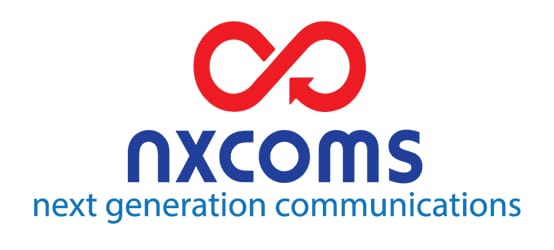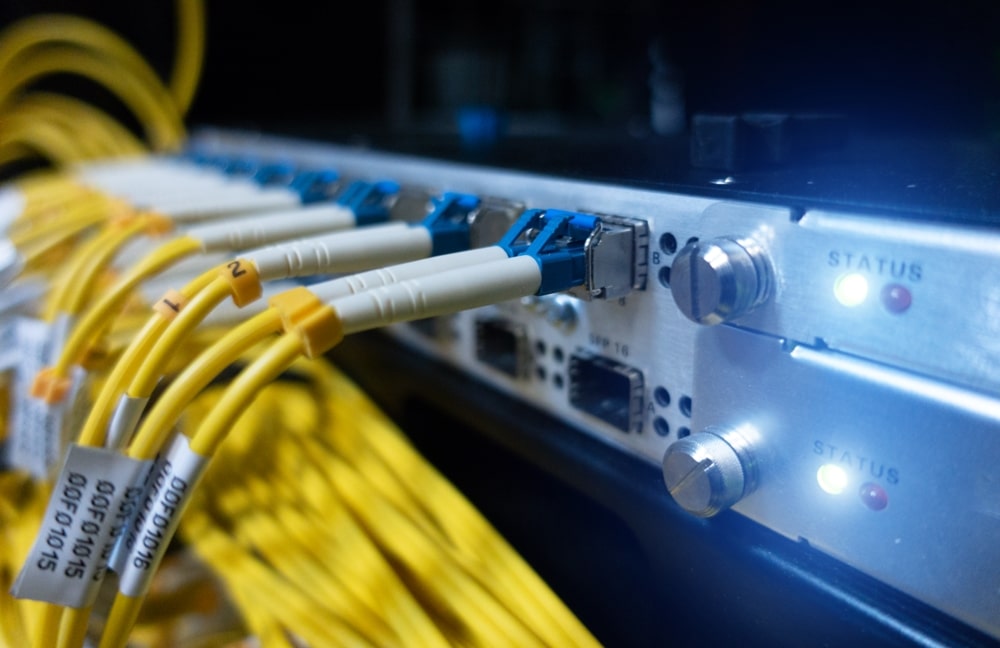If you’ve ever tried to buy and set up a router or deal with a slow connection, you’ll probably know that the term ‘fibre optic’ is something to do with the world of broadband.
There’s plenty of hype around fibre optic broadband and, reportedly, more benefits than you can count on one hand. But what exactly makes it so special?
How does it work? Why is it better? Won’t your regular broadband do the job?
How is full fibre optic different to normal broadband, the same broadband we’ve had for years and incorporated into our lives?
Let’s explore.
How IS Full Fibre Optic Different To Normal Broadband?
If you don’t know your full fibre optic from your regular broadband connection, you’re in the right place. We’re here to shed some light!
Quite often, the two terms are (incorrectly) used interchangeably. In reality, full fibre optic broadband is a type of broadband rather than the same thing. How different can they be, you might ask…
As it turns out, VERY.
How is full fibre optic different to normal broadband? First and foremost, full fibre optic broadband is notoriously ultra fast. Boasting upload and download speeds of up to 10 gigabytes per second compared to the snail’s pace of 20-80 megabytes per second of regular broadband technologies, fibre optic broadband gets things done at incredible speed.
But how? How is full fibre optic different to normal broadband in the way it works? It might surprise you to know that it’s the way fibre optic cables themselves are structured that makes the service so incredibly efficient.
How Does Full Fibre Optic Work?
When we refer to full fibre optic broadband, what we’re really talking about is full fibre optic leased line connectivity.
Bit of a mouthful, isn’t it? It might sound super complicated, but don’t switch off just yet.
To appreciate the beauty of fibre optics, you first need to understand how regular broadband works. Anyone using a broadband connection, your business included, shares some of their data-sharing infrastructure with other users in the area. Data from a group of buildings travels along a network of underground copper cables to one of those green cabinets you see on the side of the road, where everything merges and continues to the exchange.
Not crystal clear? Let’s frame it another way. Picture a really busy motorway. The file you want to download is one of the vehicles travelling along it. When you click the button to download the file onto your device, your file must travel alongside all the vehicles in other lanes that are en route to their destination. And so, even if your vehicle could be going at the optimum speed of 70 mph to get to its destination on time, it’s probably not able to due to the congestion on the road.
Therefore, with regular broadband, you’ll rarely get the upload or download speed you’ve been promised by your telecoms provider because your data must share its travelling space.
One cable, all yours. No sharing required.
And this cable is magic (ok, not actual magic, but pretty incredible nonetheless). Thin, flexible fibres with a glass core transmit all of your business communications, uploads, downloads and internet-related actions via light signals that travel along the glass fibre… at lightning speed.
There are two full fibre optic options on the market currently. Fibre to the cabinet (FTTC), or ‘Superfast’ fibre broadband as it’s known, involves fibre optic cables forming half of the infrastructure and running from the exchange to your local green cabinet, with their copper counterparts still in place between your building and the roadside cabinet.
However, fibre to the premises (FTTP) is what’s known as Full Fibre or Ultra Fast broadband, because fibre optic cables cover the whole distance from the exchange to the green cabinet, straight to your premises.
Full Fibre Optic vs Broadband – How Do They Compare?
Speed and cost.
These are two of the most important factors influencing business owners who are thinking about changing their broadband technology. Is investing in fibre optics going to make that much difference? How fast are we talking? And is it worth the money?
Let’s pit them against each other to find out.
Full Fibre Optic vs Broadband – Speed
How is full fibre optic different to normal broadband?
It’s SO MUCH FASTER, has a much higher transfer rate (or bandwidth) and is far more reliable than the copper-wired version of broadband we’re used to.
Full fibre optic boasts the fastest download speeds in the market, with some companies averaging more than 300Mb. The higher the Mb number, or megabits per second, the faster you can upload, download, browse the internet and watch videos without wanting to throw your laptop out of the window.
When you consider that much of modern business involves cloud-based services, calling and conferencing between sites and businesses, data storage and video streaming, you can see how maximum bandwidth becomes a necessity.
You might wonder how this compares to the speed of regular broadband technology.
Normal ADSL, copper-wired broadband generally offers 10Mb, roughly translating into download speeds of 1.25Mb per second. Compare this to the 300 Mb value for fibre broadband mentioned above, and you’re looking at download speeds in the range of an incredible 37.5 Mb per second!
Suddenly, downloading a Powerpoint deck, checking in with remote workers and global clients using video conferencing platforms and supporting multiple teams using multiple devices got much faster.
The great thing about full fibre optic broadband is that it’s completely scalable. Businesses only need to pay for what they use, and upgrading your plan is as simple as pie.
Full Fibre Optic vs Broadband – Cost
We’ve covered speed. It’s all looking good. So why hasn’t everyone made the switch?
Well, it all comes down to spending. The multitude of benefits full fibre optic broadband provides, such as dedicated connectivity, high security and enhanced reliability, comes with a bit of a price tag.
It’s a step up. But it all depends on how fast you want your connection to run, how much data you’ll be using and your preferred contract length.
There are two main full fibre optic packages available for every type of budget:
- Contended full fibre broadband lines, which operate like the old broadband where you share the same bandwidth as other uses, meaning it can slow down at peak times of day. These are usually around £60-£190 per month.
- Uncontended full fibre leased lines, when you have your own line for your business without sharing the bandwidth with anyone else. These give you consistently faster and more reliable internet speeds and can cost approximately £300 per month.
The Big Copper Switch Off
Did you know that by 2025, the UK’s copper cable network will be switched off?
The whole network. A network that plenty of homes and businesses still wholly depend on for their internet connection.
That means that in two years, we’ll be waving the copper cables goodbye, and if your business hasn’t prepared for the change, you’ll be offline while you scramble, like many others, to book a full fibre optic broadband installation.
And if that’s not the biggest influence on your decision to consider full fibre optic, I don’t know what is.
Full Fibre Optic Broadband Will Be The Only Way To Do Business By 2025
So, how is full fibre optic different to normal broadband?
Quite simply, it’s sticking around!
Not only is making the jump to fibre a sensible business decision before everyone else on the planet is following suit in 2024, but it could transform your business in the present. Freeing up more time for your whole workforce, enhancing productivity and maintaining motivation levels.
Remember, happy employees get more work done in less time. Got a team or two of remote workers to think about? Read the previous blog in this series, ‘How Do I Overcome Remote Working Problems And Make It Work For My Business’, to find out more.

